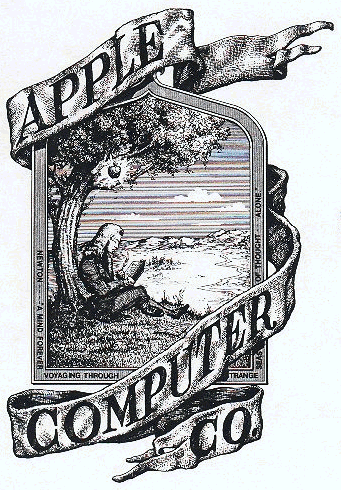Geeks and Logos Don't Mix
By Peter LloydWith so many companies and websites out there and the number growing every day, it gets more and more difficult to come up with an original name and logo—a combination that no other company already owns or may want to copy. To make sure no one even covets yours, create a name that is difficult to spell and pronounce. Use words very few people understand. Then make your logo complex and hideous.
Apparently some high-tech companies have taken this advice. I see names I can’t pronounce, acronyms that spell what seem to be diseases, and slogans wasted on explaining a cryptic name. And then there are logos that betray amateurish attempts to incorporate obscure classical allusions.
I once sat in a room with a group of consultants who wanted my ad agency to help them with a logo. They gave us pages of noble notions they wanted the logo to communicate plus a first attempt at a visual. It took them several minutes to explain the meanings and connotations of all the clues they had crammed into their design.
No, no, no! That’s not what a logo does! Save your company history, philosophy, and factory photo for the back pages of your brochure and website. Your logo should do what the original brands did on the hindquarters of cattle—burn one, single-focused image into the minds of viewers.
 High tech company owners and otherwise highly intelligent and competent people seem to gravitate toward complex and ugly, self-made logos. Call it the auto-identity syndrome. Just look at the first Apple logo. You can’t see them, but the words “Newton... A Mind Forever Voyaging Through Strange Seas of Thought... Alone” run around the edge of the inverted shield. Catchy, eh? To his everlasting credit, it did not take Jobs long to get professional help.
High tech company owners and otherwise highly intelligent and competent people seem to gravitate toward complex and ugly, self-made logos. Call it the auto-identity syndrome. Just look at the first Apple logo. You can’t see them, but the words “Newton... A Mind Forever Voyaging Through Strange Seas of Thought... Alone” run around the edge of the inverted shield. Catchy, eh? To his everlasting credit, it did not take Jobs long to get professional help. Read how the Apple logo story unfolds.
Too many companies, just like Apple, start off on a shoestring unable to afford professional identity help. So they take a stab at it. They fail to realize that do-it-yourself doesn’t always work so well in our highly specialized society. DIY was fine for Renaissance men like Leonardo da Vinci. But he wasn’t up against a web-full of equally clever competitors all within reach of a split-second Google search.
Of course, there’s good reason not to trust professional logo designers. Just recall what happened to the Gap logo. No wonder capable entrepreneurs would rather trust themselves over some high-priced hotshots.
What to Do
If you do hire a pro, don’t settle for crap. You know what names you respect, what great logos look like. Demand both. As far as names are concerned, consider the advice in The Game of the Name and Naming Your Invention. If you can’t afford a logo pro, try crowdsourcing your visual identity from a source like 99designs. Search for other crowdsourcing companies on Google or browse IdeaConnection’s collection of Open Innovation Companies for all kinds of crowdsourcing and outsourcing help.
Before you do, make yourself familiar with the logo-design process. Look at LogoDesigner by Dave Kang of mymarkets in San Francisco. He outlines a step-by-step logo design process. Had some companies used LogoDesigner, they’d be much better off, whether they made it through the process or gave up and called Kang.
Peter Lloyd is co-creator with Stephen Grossman of Animal Crackers, the breakthrough problem-solving tool designed to crack your toughest problems.
